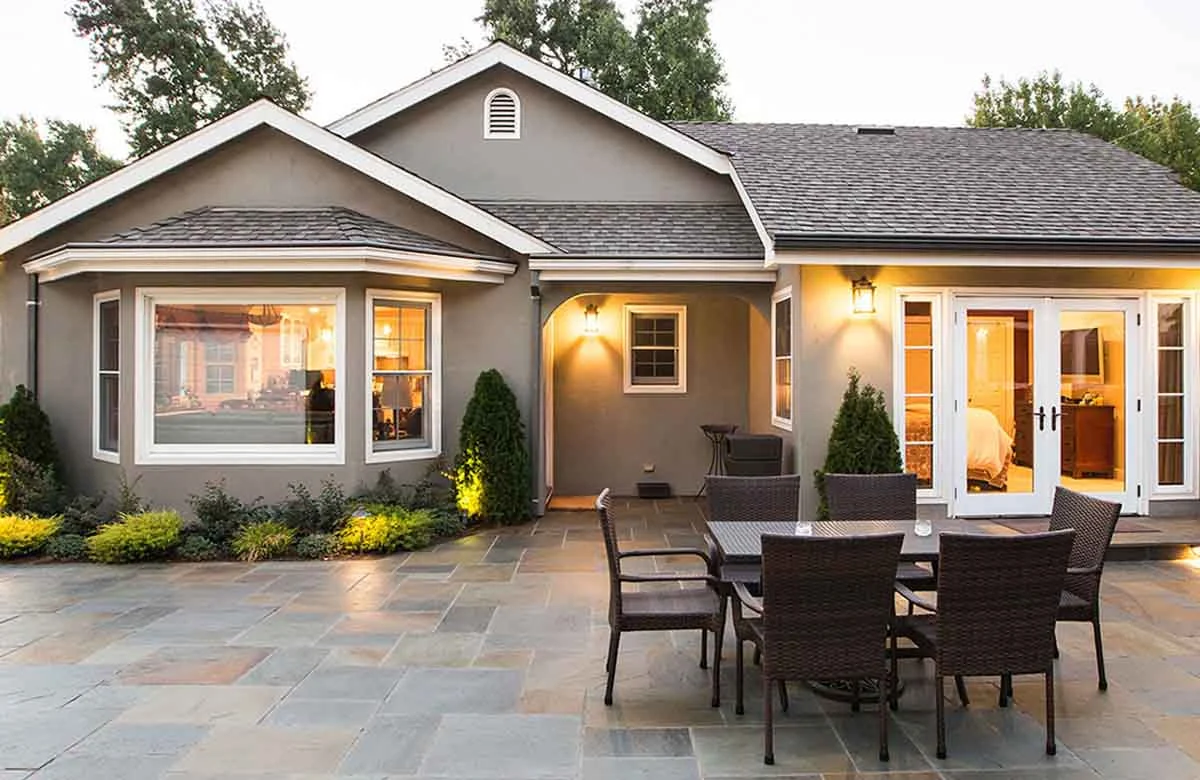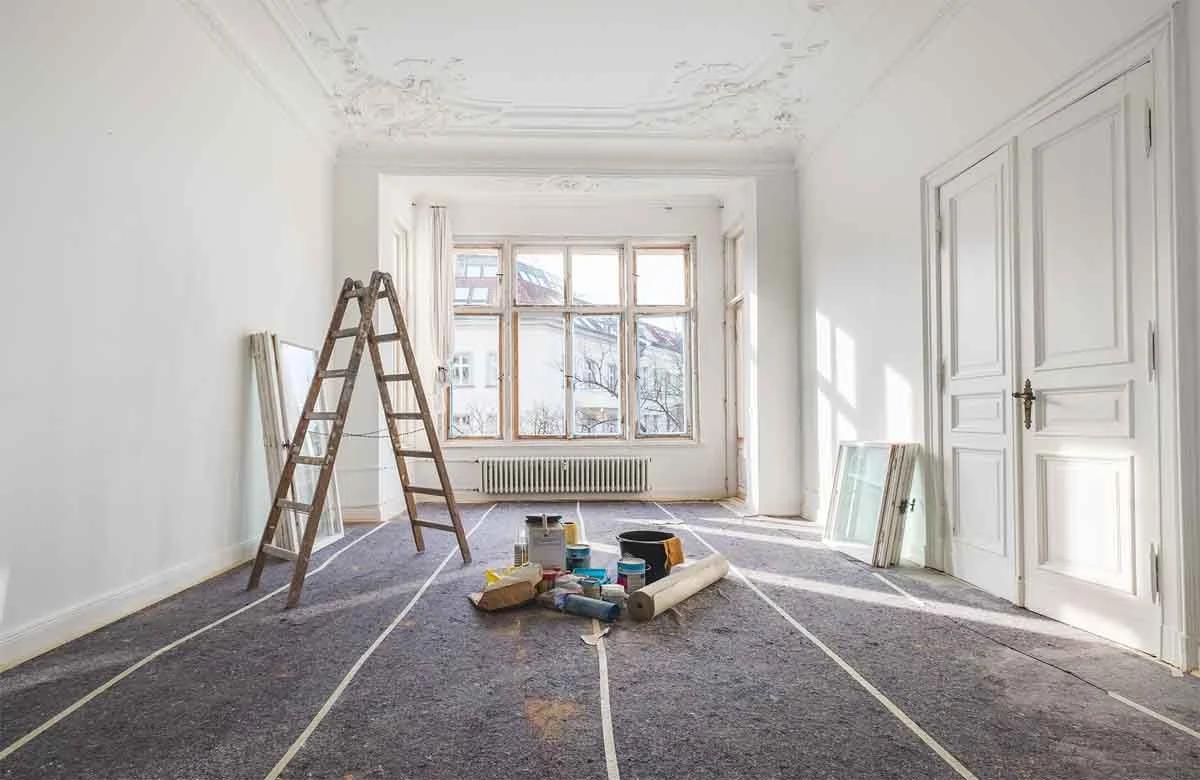
The Role of Lighting in Home Design: Creating the Perfect Ambiance and Functionality
Lighting is one of the most critical elements in home design. It influences mood, enhances functionality, and transforms the aesthetic appeal of a space. Whether natural or artificial, well-planned lighting can make a home feel warm, inviting, and visually dynamic. Understanding how to incorporate lighting effectively ensures a harmonious balance between style and functionality.
This guide explores the importance of home lighting design, its impact on different areas of the home, and expert advice on selecting the right lighting fixtures for various spaces.
Why Lighting Matters in Home Design
Lighting does more than brighten a room—it shapes the perception of a space, affects emotions, and contributes to the overall energy efficiency of a home. Here’s how:
1. Enhancing Mood and Ambiance
Different lighting temperatures and intensities influence emotions:
- Warm lighting (2700K – 3000K) creates a cozy and inviting environment, ideal for living rooms and bedrooms.
- Cool lighting (3500K – 5000K) enhances alertness and is best suited for kitchens, offices, and bathrooms.
- Natural daylight has been proven to boost mood, productivity, and overall well-being.
2. Improving Functionality and Usability
Each room in a home serves a different function, and lighting must accommodate those needs. Proper task lighting ensures visibility for activities like cooking, reading, or working. In contrast, ambient lighting provides general illumination for comfortable movement.
Case Study: A family in Jacksonville remodeled their kitchen but struggled with dark corners despite installing new overhead lighting. By adding under-cabinet LED strip lights, they improved visibility for food preparation while enhancing the kitchen’s modern appeal.
3. Elevating Home Aesthetics
Lighting fixtures serve as design statements, adding personality to spaces. Whether it’s a chandelier in a dining area or recessed lighting in a hallway, the right lighting creates a luxurious feel without extensive renovations.
Types of Home Lighting and How to Use Them
A layered lighting approach—combining ambient, task, and accent lighting—ensures a well-balanced and visually appealing space.
1. Ambient Lighting: The Foundation of Every Room
Ambient lighting provides overall illumination and sets the base brightness level of a room. Common sources include:
- Ceiling-mounted fixtures (chandeliers, flush mounts)
- Recessed lighting
- Floor and table lamps
Tip: Use dimmers to adjust brightness levels according to the time of day or occasion.
2. Task Lighting: Enhancing Functionality
Task lighting provides focused illumination for specific activities like cooking, reading, or working. Best sources include:
- Pendant lights over kitchen islands
- Desk lamps for offices
- Under-cabinet lights in kitchens
Case Study: An Orlando homeowner redesigned their home office and struggled with eye strain due to insufficient lighting. By incorporating an adjustable task lamp with a daylight LED bulb, they reduced eye fatigue and improved productivity.
3. Accent Lighting: Highlighting Key Features
Accent lighting draws attention to architectural details, artwork, or statement decor. Common types include:
- Wall sconces
- Track lighting
- Picture lights
Pro Tip: Use accent lighting to create depth and visual interest in living rooms and hallways.
Choosing the Right Lighting for Each Room
Different rooms require different lighting strategies to enhance both form and function.
1. Living Room: Creating a Cozy and Versatile Space
A combination of ambient, task, and accent lighting makes the living room comfortable and stylish.
Best Fixtures:
- Chandeliers for elegance
- Floor and table lamps for reading nooks
- Wall sconces to add warmth
2. Kitchen: Balancing Brightness and Style
The kitchen is a high-activity area that requires bright and well-distributed lighting.
Best Fixtures:
- Pendant lights over islands for aesthetics and task lighting
- Recessed lighting for general brightness
- Under-cabinet LEDs for food prep areas
Case Study: A couple in Miami installed motion-sensor under-cabinet lighting to enhance convenience and energy efficiency, reducing electricity usage in their kitchen by 30%.
3. Bedroom: Enhancing Relaxation and Comfort
A bedroom’s lighting should promote restfulness and adaptability.
Best Fixtures:
- Soft bedside lamps for reading
- Dimmable overhead lights for ambiance control
- LED strip lights behind headboards for a modern touch
4. Bathroom: Ensuring Practicality and Elegance
Bathrooms require bright and shadow-free lighting, especially around mirrors.
Best Fixtures:
- Wall-mounted vanity lights for balanced illumination
- Waterproof recessed lights for showers
- LED mirror lighting for a sleek look
Case Study: A Jacksonville Beach homeowner switched to warm LED vanity lights in their bathroom, reducing harsh shadows while improving their daily grooming experience.
5. Outdoor Spaces: Increasing Safety and Curb Appeal
Exterior lighting enhances security, ambiance, and nighttime visibility.
Best Fixtures:
- Pathway lights for walkways
- Motion-sensor floodlights for security
- String lights for patio aesthetics
Pro Tip: Use solar-powered lights for a sustainable and low-maintenance outdoor setup.
Smart Lighting Solutions for Modern Homes
Technology has transformed home lighting with smart, energy-efficient solutions.
1. Smart Bulbs and Voice-Control Systems
- Adjust brightness and color temperature with voice commands or mobile apps.
- Automate lighting schedules for convenience and energy savings.
2. Motion-Sensor Lighting
- Reduces electricity waste by turning on only when needed.
- Ideal for hallways, closets, and bathrooms.
3. LED Efficiency and Sustainability
Switching to LED lighting can reduce energy bills by 75%, making it a cost-effective upgrade for any home.
Case Study: A Tampa family replaced their entire home’s lighting with LEDs and cut their monthly electricity costs by 40%, achieving a full return on investment within a year.
Common Lighting Mistakes to Avoid
To achieve optimal home lighting design, steer clear of these common pitfalls:
1. Overlooking Layered Lighting
- Relying on a single overhead light results in flat and uninviting spaces.
- Use a combination of ambient, task, and accent lighting for depth and balance.
2. Incorrect Bulb Selection
- Choosing bulbs with the wrong color temperature can affect a room’s mood.
- Opt for warm bulbs in living areas and bedrooms and cool bulbs in workspaces.
3. Poorly Placed Fixtures
- Positioning lights too high or low affects functionality and aesthetics.
- Ensure kitchen task lights are placed directly above work areas for efficiency.
Final Wording: Elevate Your Home with Thoughtful Lighting Design
Lighting plays a crucial role in home design, impacting both functionality and aesthetics. Whether you’re remodeling your home or updating a single room, incorporating layered lighting, smart solutions, and energy-efficient fixtures will create a more comfortable and visually appealing space.
Ready to Upgrade Your Home’s Lighting? At Nu Horizon Remodeling, we specialize in customized home lighting solutions that enhance beauty, efficiency, and practicality. Let our experts help you design the perfect lighting plan for your space.


